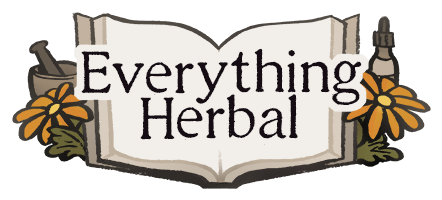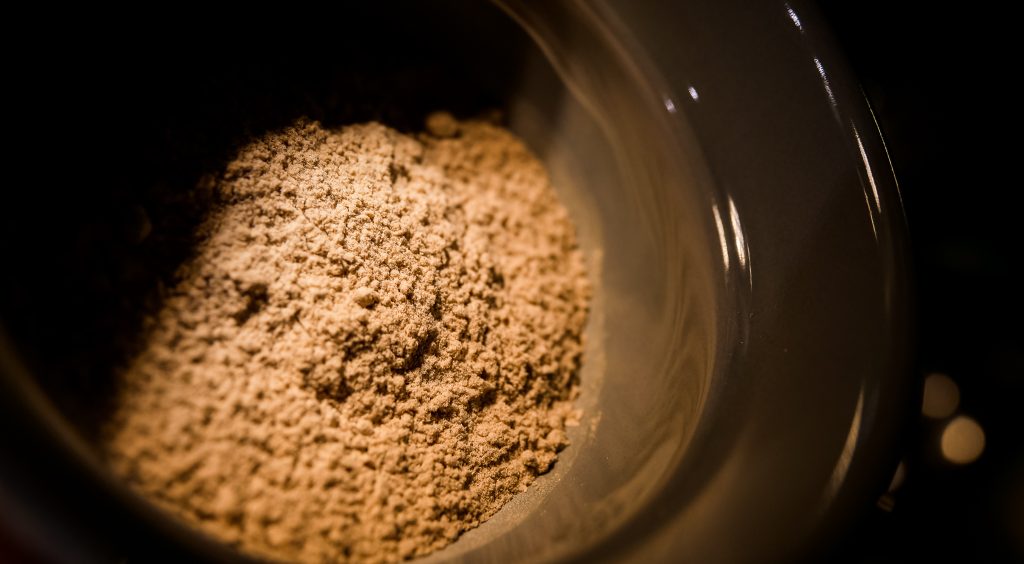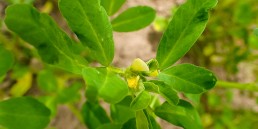The Importance of Oral Health
It is said in many holistic healing traditions that all disease begins in the gut. But it’s important not to forget that the entire digestive process, and the beginning of our GI tract, starts in the mouth. A healthy mouth is essential for maintaining optimal immune system function, which becomes quite clear when we consider that a very significant part of the immune system resides in the digestive tract. Just as is the case with the gut microbiome, the microbiome of the mouth needs to be well cared for – the healthy bacteria need to be allowed to flourish. The condition of the mouth, gums, tongue, and teeth reflect many things about the health of the whole body. Rudolf Steiner went so far as to say that, “the teeth are the sum of the world mysteries.” Herbal tooth and gum powders are an excellent way to help care for the mouth. This particular blend can do wonders when it comes to weak tooth enamel, preventing (and, as per my own clinical experience, even reversing) cavities, tooth and gum sensitivity, soreness and pain.
The herbs in this formula have a long and continued history of use in herbal medicine, though since the advent of modern dentistry, are no longer quite as esteemed as they once were for their ability to keep the mouth, teeth and gums in optimal shape. Perhaps most notably from a historical perspective is the bark of the White Oak tree (Quercus alba). The astringing inner bark of this mighty tree contains tannins, saponins, and minerals (including calcium) – all of which, when properly balanced (i.e. found in the form of a whole herb, as nature intended), are greatly beneficial not only for the teeth, but also for the tendons that attach the teeth to the jaw. Looking back at our herbal literature, one can find many references to the use of Oak bark for gum disease, cavities, loose and brittle teeth, sensitive, sore and bleeding gums, foul breath, canker sores and ulcerations of the mouth.
Tooth and Gum Powder Recipe
Combine equal parts of the following finely powdered herbs:
- Horsetail
- Peppermint
- Licorice
- White Oak Bark
- Cloves
- Prickly Ash Bark
- Bayberry Bark
- Slippery Elm Bark
- Neem Bark
Application
Once finished, use this powder as you would any tooth paste (it can also be applied to any problematic spots in the mouth and let sit).
Cloves, Peppermint and Licorice, which can help to prevent the accumulation of biofilms – including plaque – on the teeth and gums, are strongly flavoured herbs and may be left out according to individual preferences. Many of the herbs in this formula exhibit broad spectrum antimicrobial activity, and leaving one or two of them out will not significantly affect the efficacy of the product.
Tongue Cleaning
In addition to the use of a herbal tooth and gum powder, one thing that I recommend to nearly all of my patients is tongue cleaning (preferably with a metal tongue scraper) – a practice which is considered to be of the utmost importance in the maintenance of one’s oral hygiene in the Ayurvedic tradition. As Karta Purkh Singh Khalsa and Michael Tierra explain in ‘The Way of Ayurvedic Herbs’: “Cleaning the tongue is a critical part of maintaining oral health. Ayurveda, in particular, emphasizes this daily practice. Brush your tongue while brushing your teeth, or use a tongue scraper. Tongue cleaning reduces bad breath, and helps to prevent plaque.”
Try incorporating herbal tooth powders into your daily routine. Please feel free to let us know about your experiences or if you have any recipes of your own.
Victor Cirone
I am a Clinical Herbalist (RH, OHA) and Registered Homeopath (HOM DSHM, College of Homeopaths of Ontario). I practice Herbal medicine and Homeopathy because of the immense transformative powers that these modalities contain – both on individual and collective levels of experience. In addition to holistic medicine, I have deep and abiding interests in Anthroposophy, Psychoanalysis, and Depth Psychology.
Subscribe to Blog via Email




